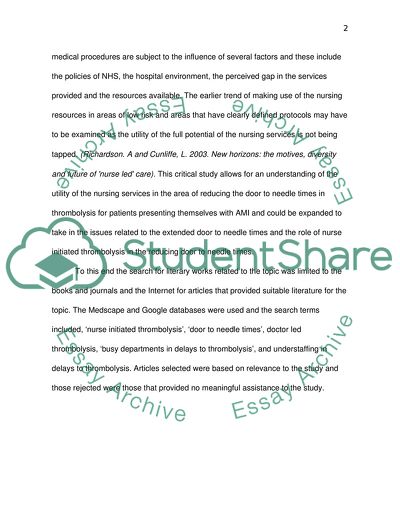Cite this document
(The Utility of the Nursing Service Term Paper Example | Topics and Well Written Essays - 2933 words, n.d.)
The Utility of the Nursing Service Term Paper Example | Topics and Well Written Essays - 2933 words. Retrieved from https://studentshare.org/nursing/1703345-criticallt-evaluate-improving-door-to-needle-times-with-nurse-intiated-thrombolysis
The Utility of the Nursing Service Term Paper Example | Topics and Well Written Essays - 2933 words. Retrieved from https://studentshare.org/nursing/1703345-criticallt-evaluate-improving-door-to-needle-times-with-nurse-intiated-thrombolysis
(The Utility of the Nursing Service Term Paper Example | Topics and Well Written Essays - 2933 Words)
The Utility of the Nursing Service Term Paper Example | Topics and Well Written Essays - 2933 Words. https://studentshare.org/nursing/1703345-criticallt-evaluate-improving-door-to-needle-times-with-nurse-intiated-thrombolysis.
The Utility of the Nursing Service Term Paper Example | Topics and Well Written Essays - 2933 Words. https://studentshare.org/nursing/1703345-criticallt-evaluate-improving-door-to-needle-times-with-nurse-intiated-thrombolysis.
“The Utility of the Nursing Service Term Paper Example | Topics and Well Written Essays - 2933 Words”, n.d. https://studentshare.org/nursing/1703345-criticallt-evaluate-improving-door-to-needle-times-with-nurse-intiated-thrombolysis.


